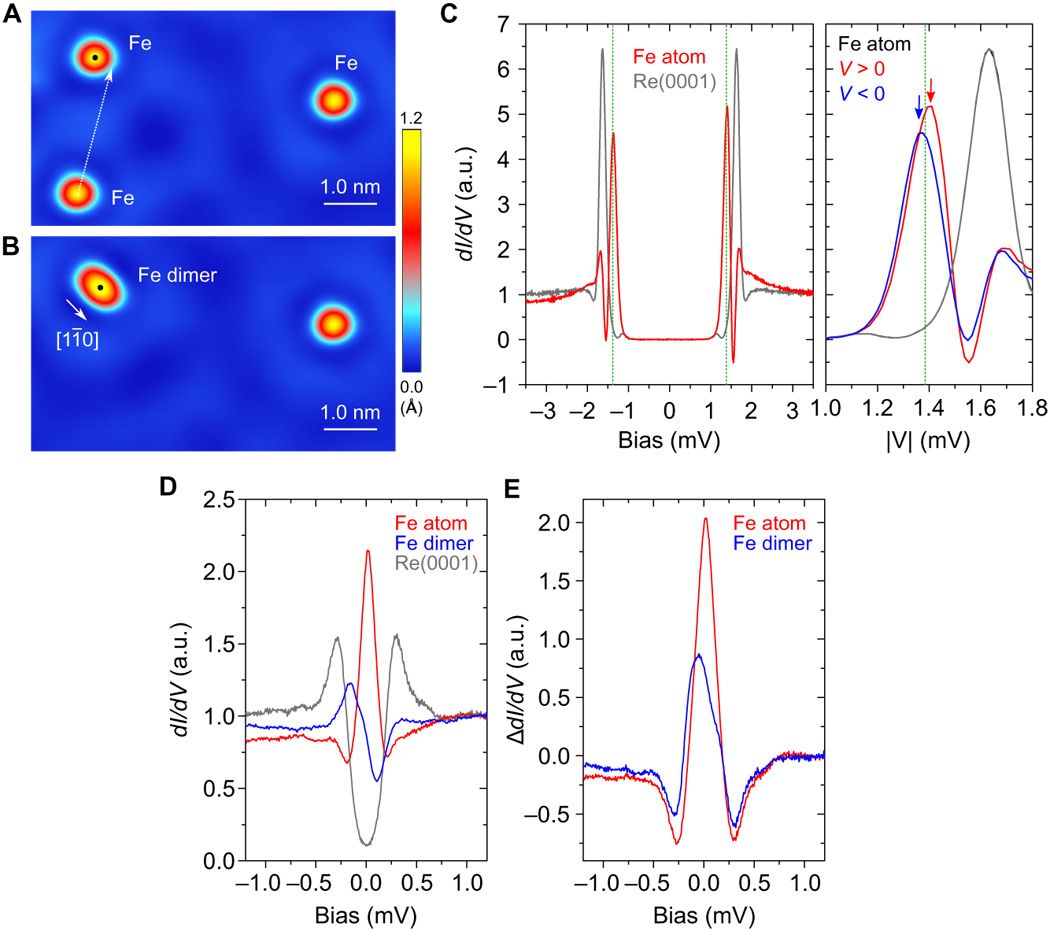Realizing Majorana bound states (MBS) in condensed matter systems is a key challenge on the way toward topological quantum computing. As a promising platform, one-dimensional magnetic chains on conventional superconductors were theoretically predicted to host MBS at the chain ends. We demonstrate a novel approach to design of model-type atomic-scale systems for studying MBS using single-atom manipulation techniques. Our artificially constructed atomic Fe chains on a Re surface exhibit spin spiral states and a remarkable enhancement of the local density of states at zero energy being strongly localized at the chain ends. Moreover, the zero-energy modes at the chain ends are shown to emerge and become stabilized with increasing chain length. Tight-binding model calculations based on parameters obtained from ab initio calculations corroborate that the system resides in the topological phase. Our work opens new pathways to design MBS in atomic-scale hybrid structures as a basis for fault-tolerant topological quantum computing.
Majorana fermions —particles being their own antiparticles—have recently attracted renewed interest in various fields of physics. In condensed matter systems, Majorana bound states (MBS) with a non-Abelian quantum exchange statistics have been proposed as a key element for topological quantum computing (2–4). One of the most promising platforms to realize MBS are one-dimensional (1D) helical spin systems being proximity-coupled to a conventional s-wave superconductor (5–9). In such a surface-confined system, the MBS can directly be investigated by local probe techniques such as scanning tunneling microscopy/spectroscopy (STM/STS). Previously reported experiments aiming at the direct visualization and probing of the MBS have focused on self-assembled magnetic chains on superconducting Pb substrates (10–15).
